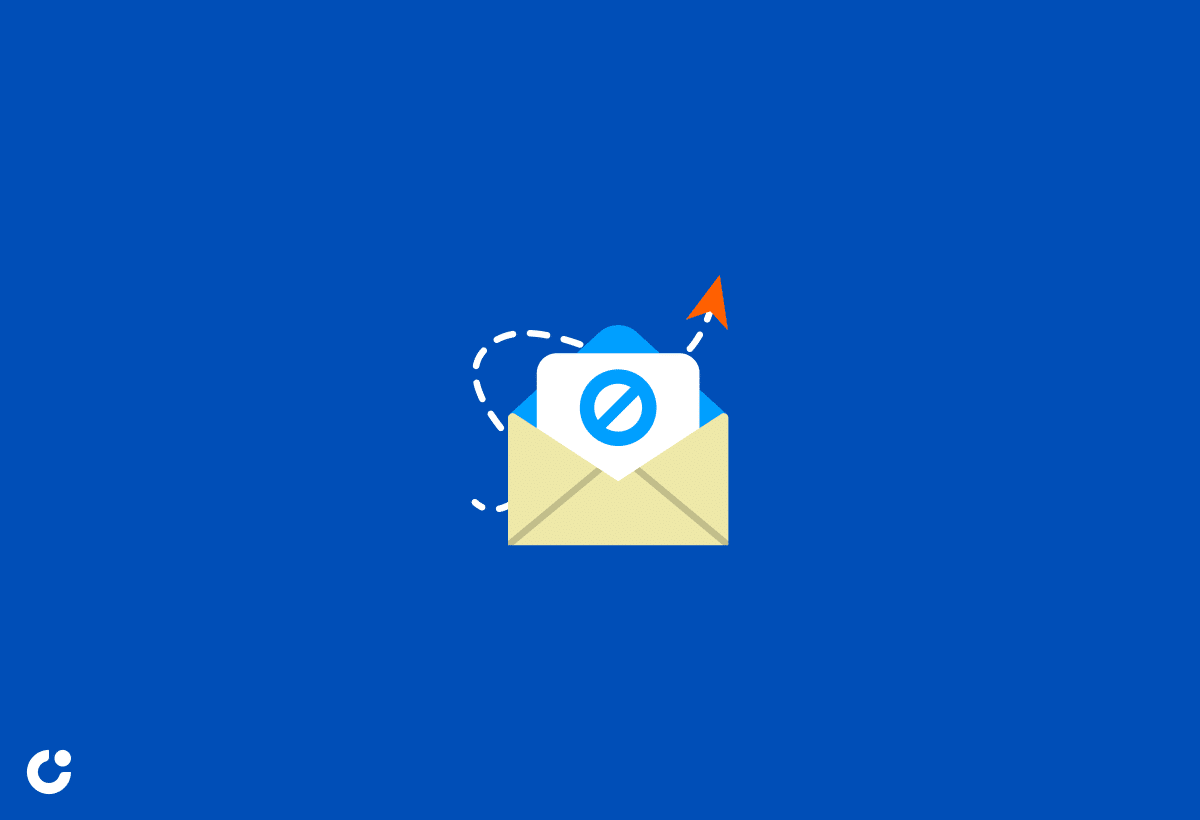Cold emailing can be an effective way to reach potential customers and grow your business. However, it’s not without its challenges, such as getting your emails delivered, avoiding spam filters, and maintaining compliance with anti-spam laws. In this blog post, we’ll guide you through mastering the art of cold emailing, so you can learn how to send cold emails without getting blocked and enjoy better engagement rates.
Key Takeaways
- Understand the challenges and deliverability factors associated with cold emailing to ensure successful campaigns.
- Utilize personalization techniques, attention-grabbing subject lines, anti-spam regulations and list segmentation for effective outreach.
- Automate campaigns while monitoring performance metrics in order to optimize your strategy.
Understanding Cold Email Challenges
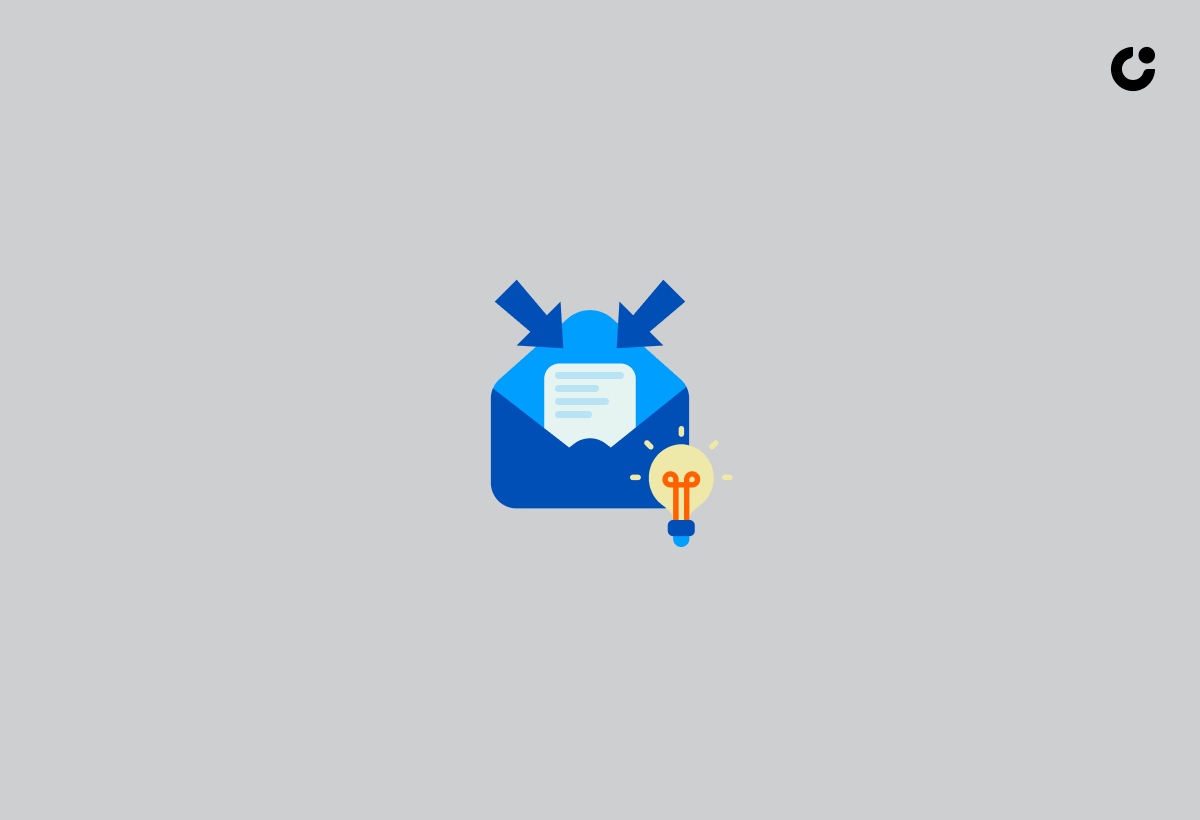
Cold emailing, when executed properly, serves as a robust marketing tool, but potential risks like messages marked as spam or even getting blocked exist. To secure successful cold email campaigns, comprehension of associated challenges like deliverability factors and evading spam filters is required.
Deliverability Factors
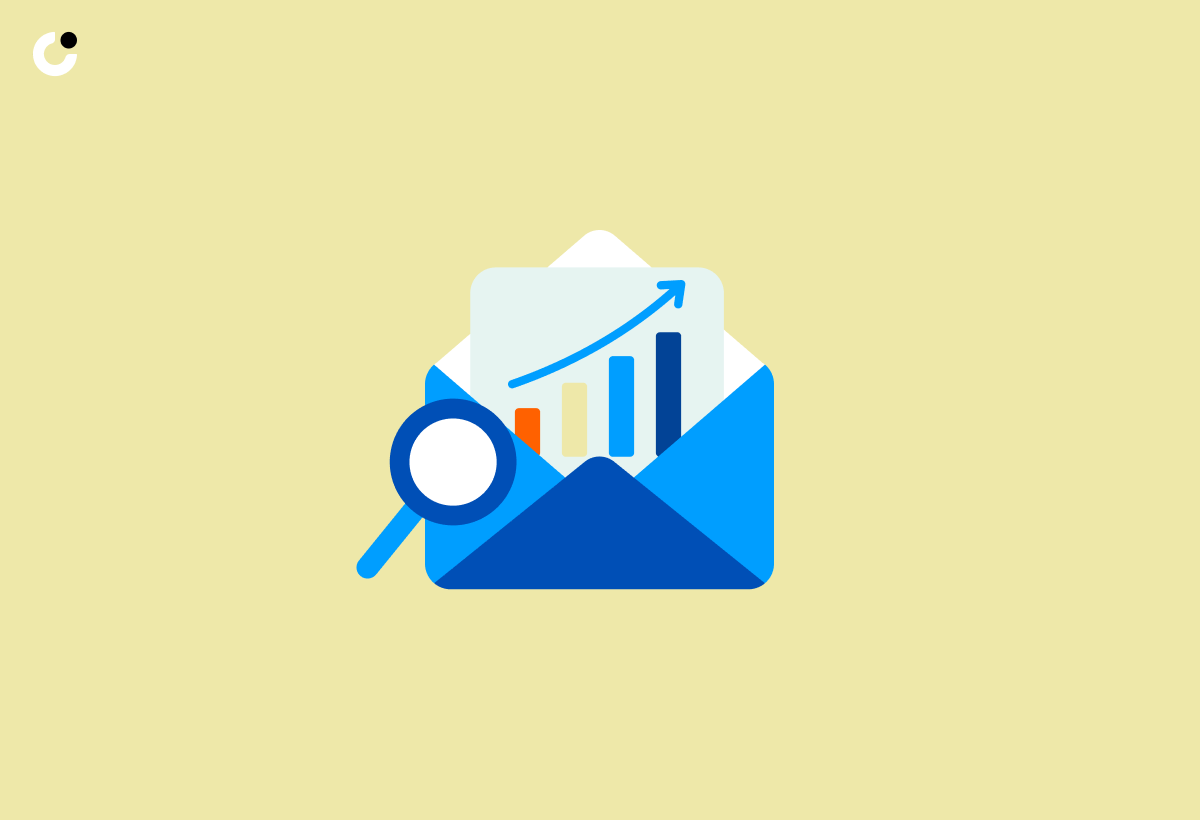
Deliverability holds a pivotal role in cold emailing, influenced by key factors like sender reputation, email authentication, and content quality. A commendable sender reputation is pivotal for successful cold email campaigns, as is high-quality content which guarantees engaging and compliant emails.
Utilizing reputable email service providers can help enhance deliverability and maintain a positive sender reputation. Also, correct setup of your email account and usage of a professional email address for sending cold emails should be confirmed.
Avoiding Spam Filters
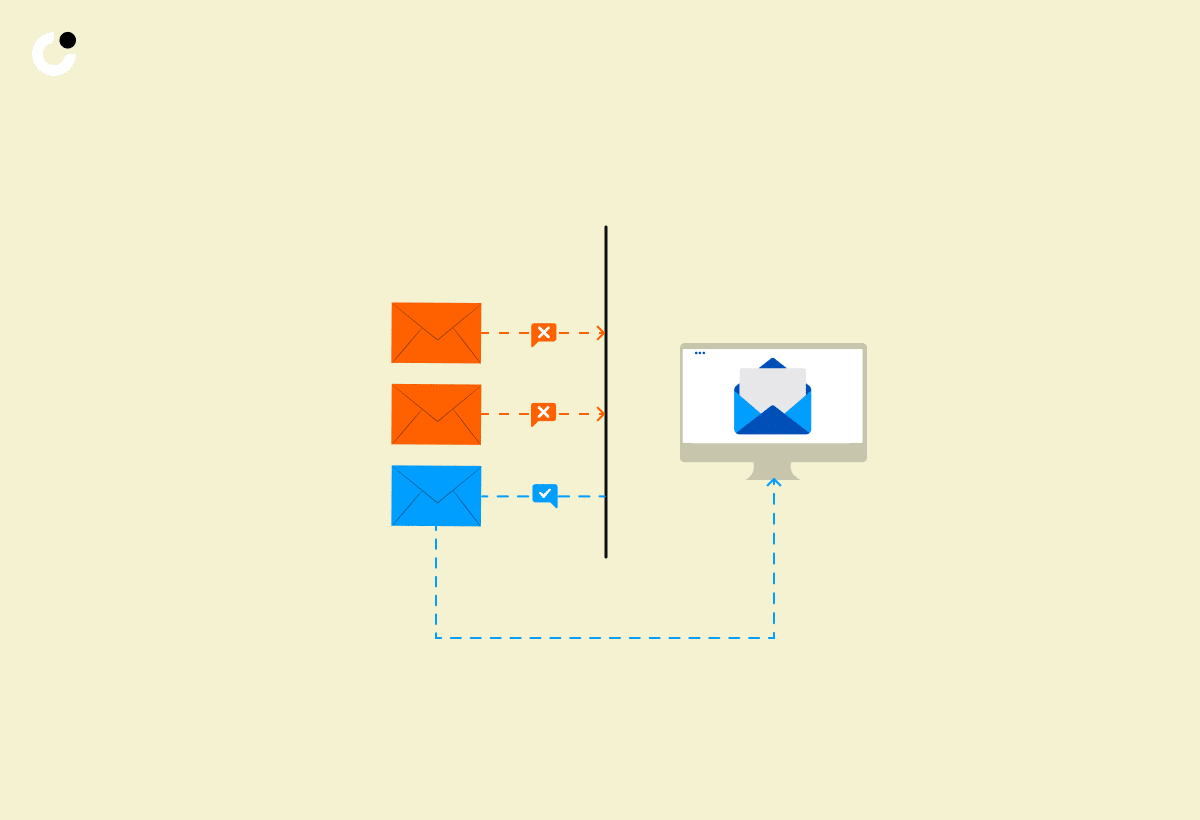
Spam filters pose a significant challenge for cold email campaigns as they can prevent your emails from reaching their intended recipients. Using personalized content and steering clear of spam-triggering words and phrases is crucial to evade trigger spam filters and ending up in the spam folder.
Monitoring your sender reputation and making adjustments as needed can help you avoid spam filters and improve your email deliverability. Tools such as Mail-Tester can also be utilized to assess if your email is too spammy.
Essential Email Authentication Protocols

Email authentication protocols such as SPF, DKIM, and DMARC are indispensable for improving the deliverability and security of your cold emails. These protocols help verify the authenticity of your emails and protect against spoofing and phishing attempts.
SPF (Sender Policy Framework)

SPF is an email authentication protocol that allows email providers to verify the sender’s IP address, reducing the likelihood of spoofing and phishing.
Implementing an SPF record in your domain’s DNS settings can help improve your sender reputation and email deliverability.
DKIM (DomainKeys Identified Mail)
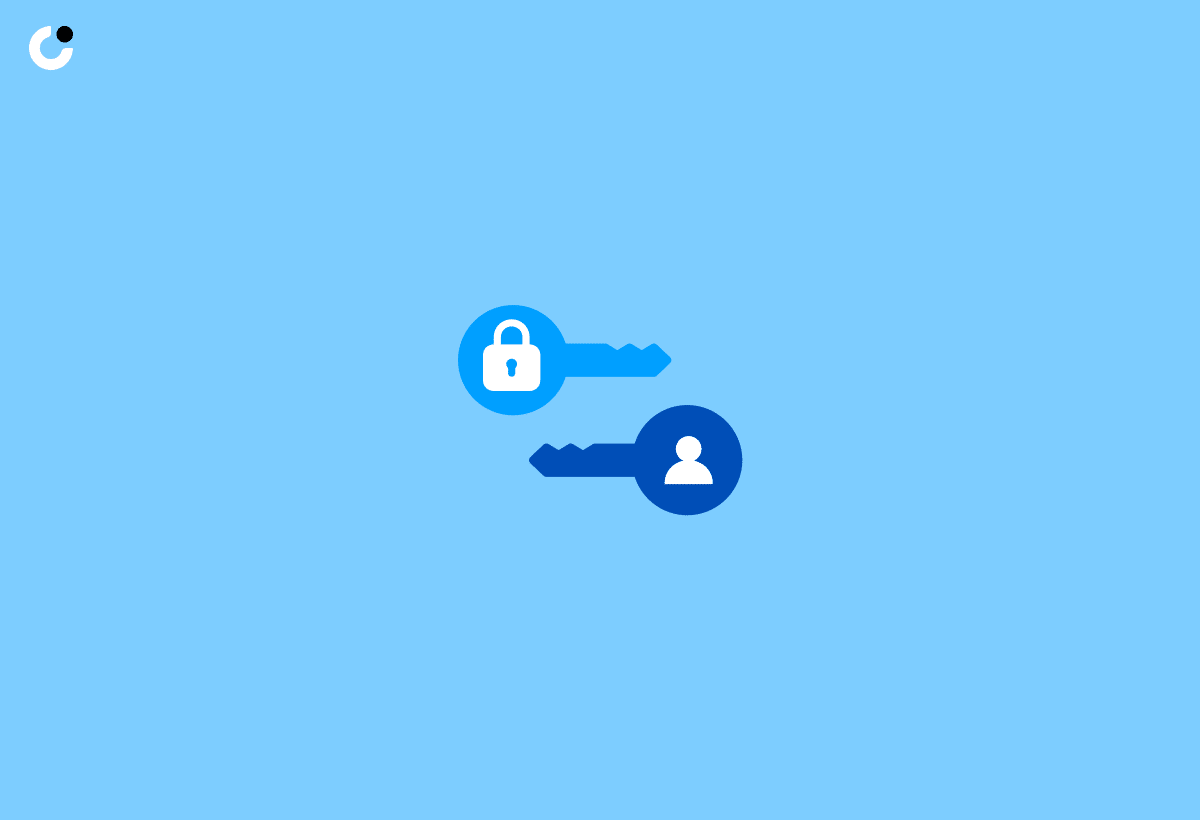
DKIM is another email authentication protocol that adds a digital signature to your emails, confirming their authenticity and improving deliverability. By implementing DKIM, you can provide an additional layer of trust and security for your recipients.
DMARC (Domain-based Message Authentication, Reporting & Conformance)
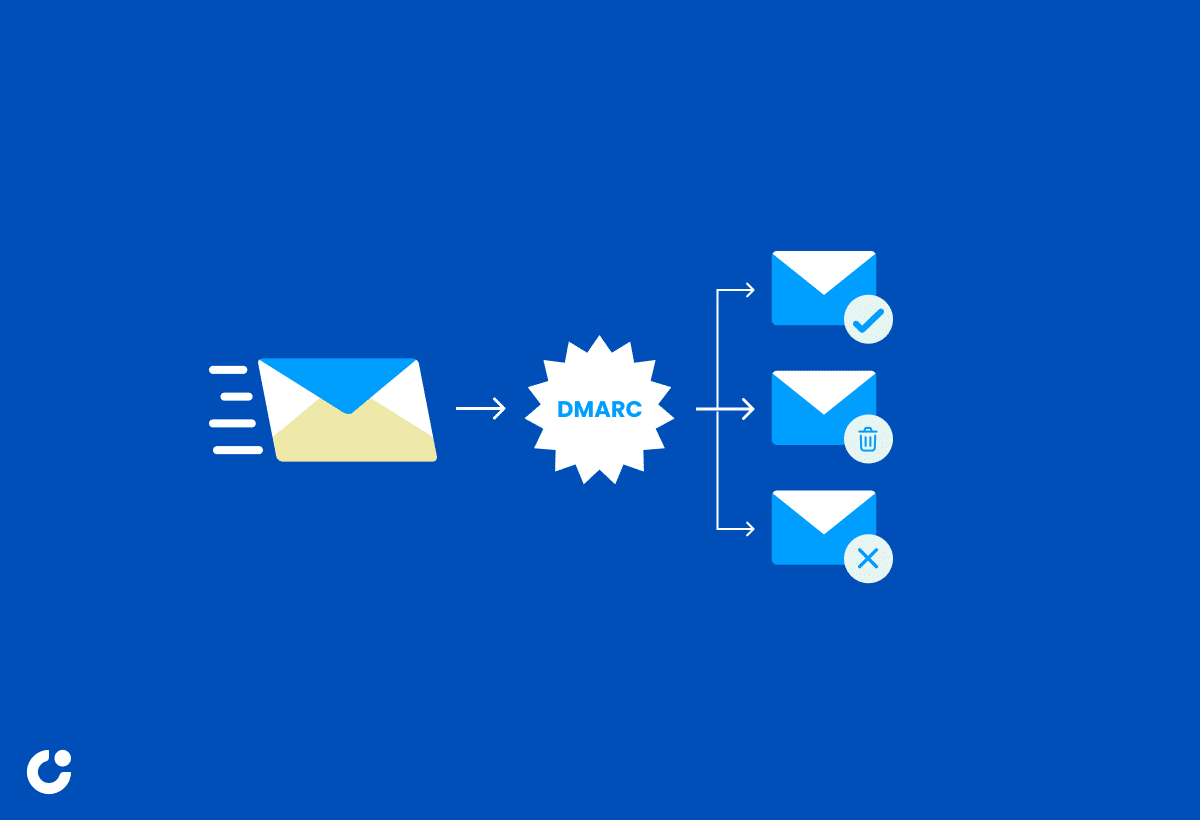
DMARC provides a way for email providers to handle messages that fail SPF and DKIM checks, further enhancing email security. By implementing DMARC, you can ensure that your emails are properly authenticated and reduce the risk of your messages being marked as spam.
Crafting Engaging and Compliant Cold Emails
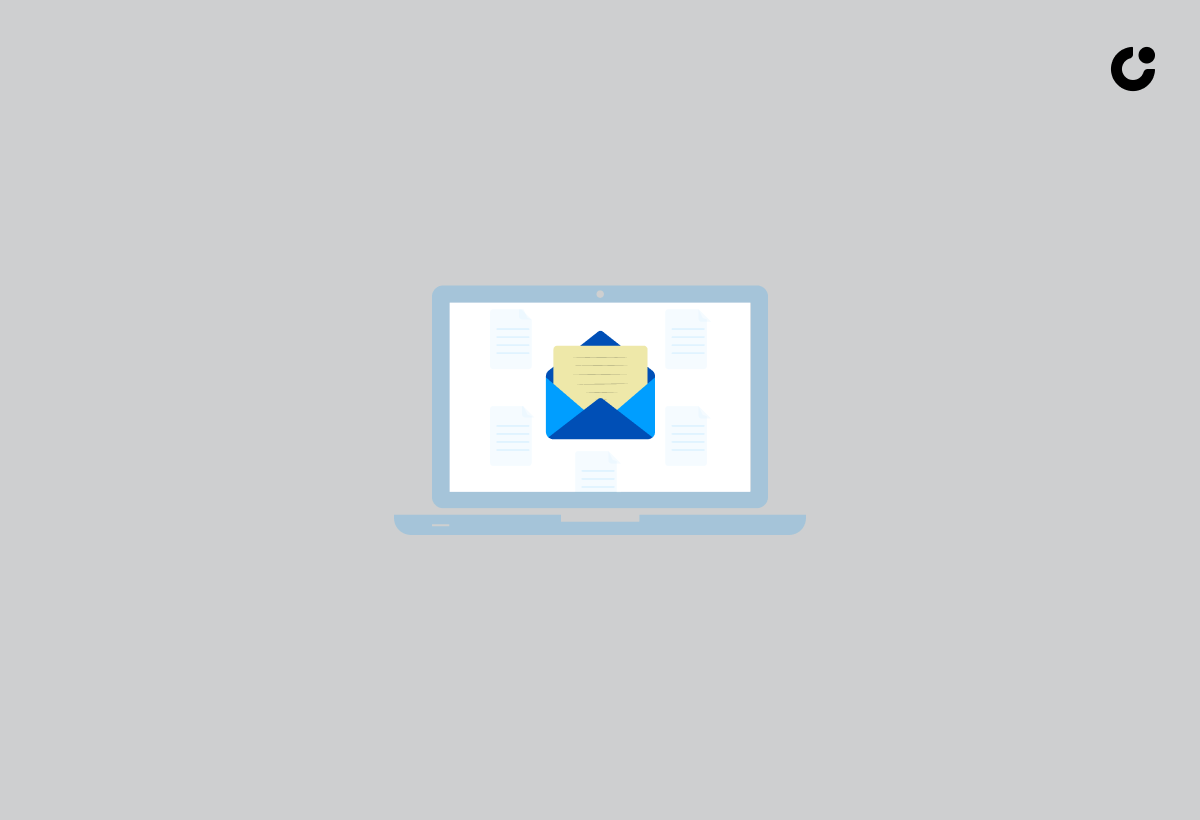
For successful campaigns, an engaging and compliant cold email is vital, encompassing personalization techniques, captivating subject lines, and compliance with anti-spam regulations such as the CAN-SPAM Act.
Personalization Techniques
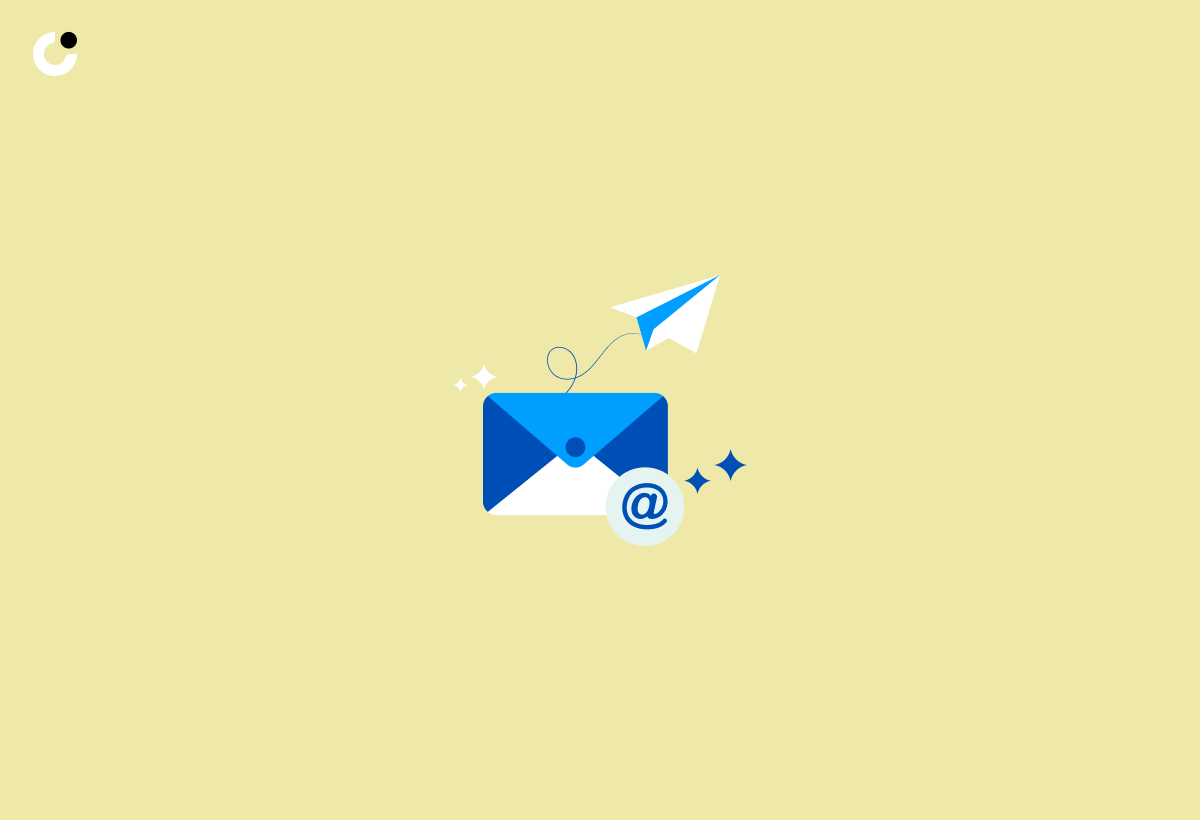
Personalization is paramount to seize your recipients’ attention and enhance the effectiveness of your cold emails. Techniques such as using the recipient’s name, tailoring content to their interests, and addressing their pain points can help create a more engaging and relevant email.
Tools can also be utilized to include personalized information in emails through the use of placeholders, allowing for efficient personalization without manual composition.
Attention-Grabbing Subject Lines

Crafting captivating subject lines is vital to stimulate recipients to open your emails. Be sure to craft subject lines that accurately reflect the content of the email and avoid using spam-triggering words or phrases.
Testing different subject lines and monitoring open rates can help you identify which lines resonate best with your audience.
Compliance with Anti-Spam Regulations
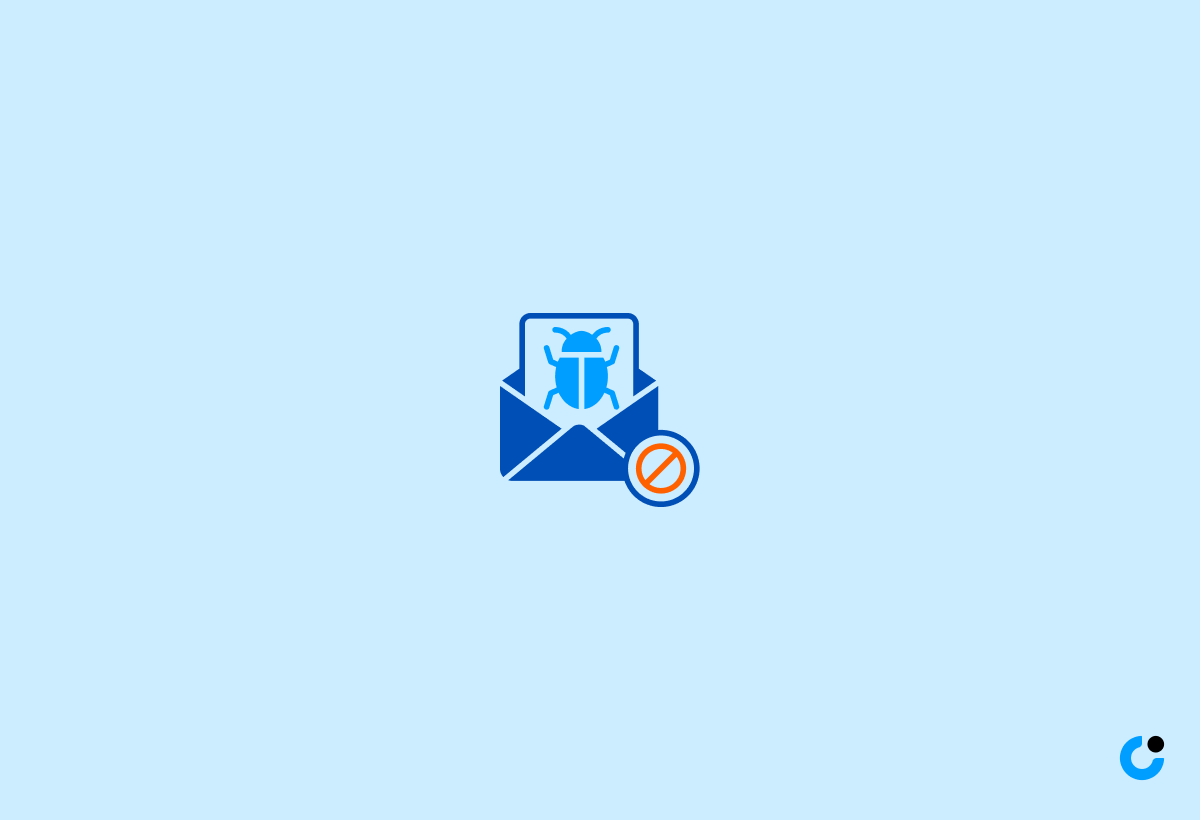
To ensure compliance with anti-spam regulations and maintain a positive sender reputation, follow these guidelines for your cold emails:
- Include an opt-out method.
- Implement strict data security measures.
- Avoid using deceptive subject lines.
- Incorporate the company’s address.
- Respect opt-outs within 10 days.
Failure to comply with these regulations can result in severe penalties.
Managing and Maintaining Your Email List
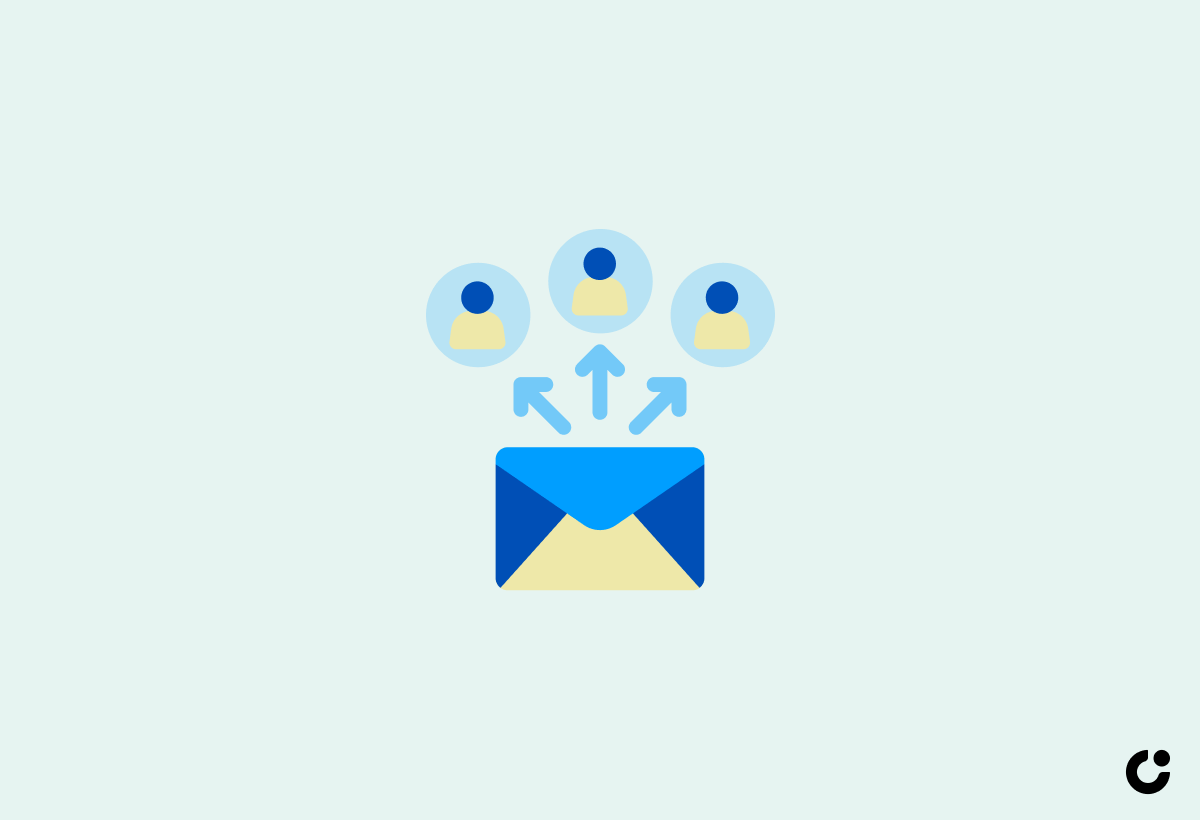
Maintaining and managing your email list is vital for enhancing deliverability and engagement in your cold email campaigns. This involves email verification, list segmentation, and regular cleaning.
Email Verification
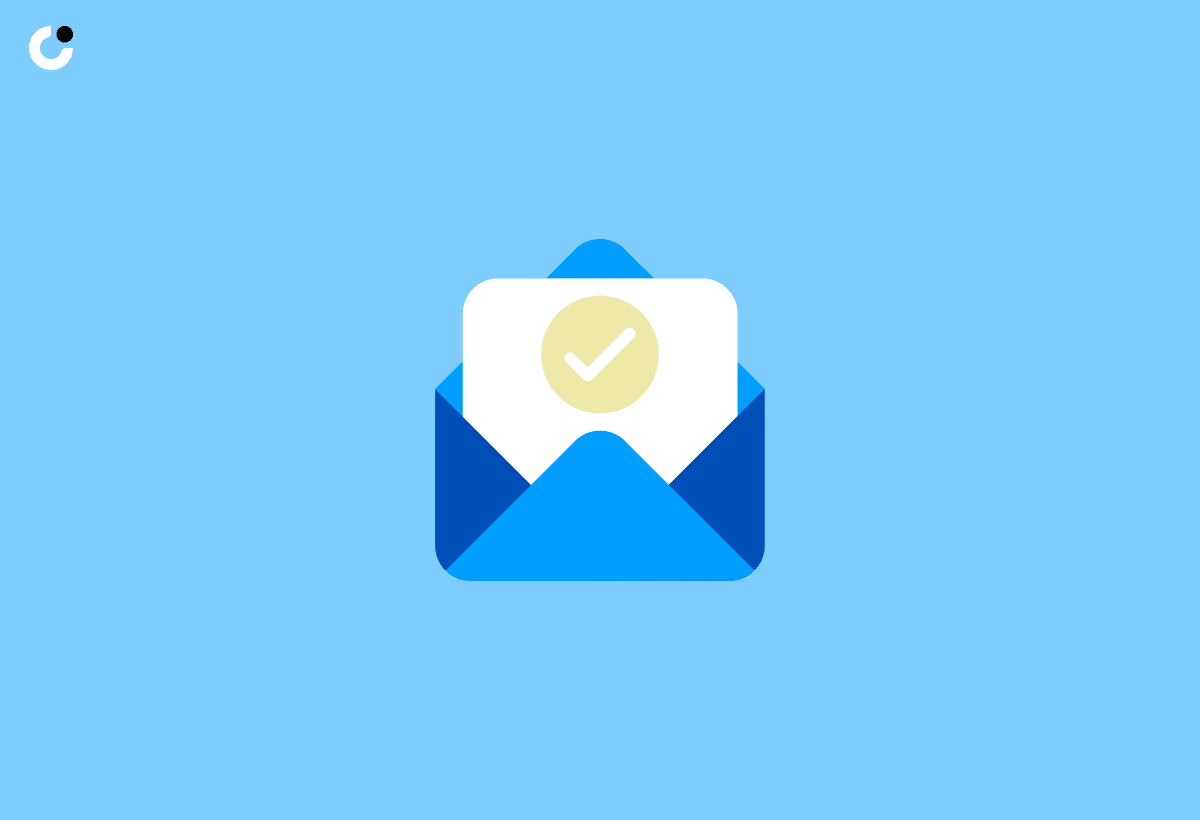
Tools for email verification can assist in removing invalid addresses and lowering bounce rates. By verifying the accuracy of email addresses, you can maintain a high-quality email list and ensure that your emails are sent to valid recipients.
List Segmentation

Based on factors like recipient interests, location, and engagement, segmenting your email list enables targeted and relevant content sending, hence improving email engagement. This can lead to higher open and click-through rates, as well as a lower likelihood of your emails being marked as spam.
Regular List Cleaning
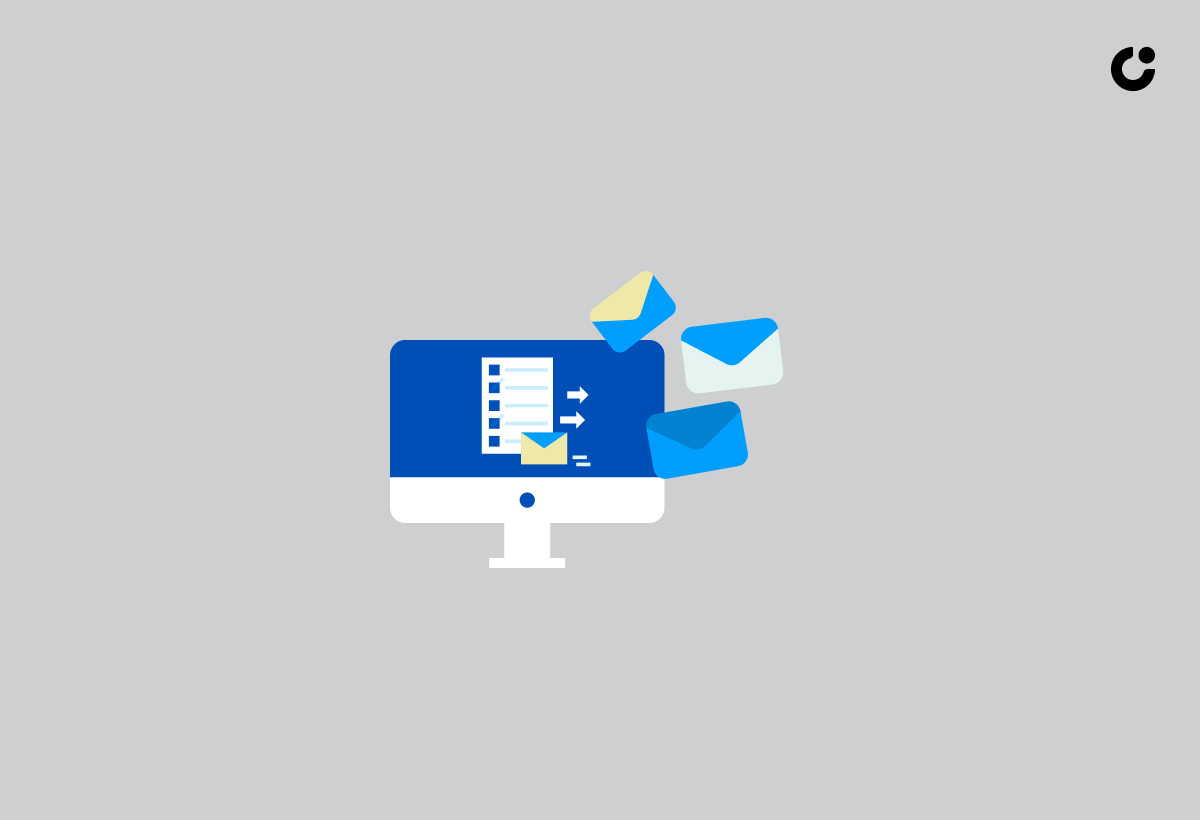
For maintaining a high-quality list, regularly purging your email list of inactive contacts and updating information is necessary. A clean email list ensures that your marketing efforts are directed at an engaged audience, leading to increased open and click-through rates. Providing an unsubscribe link in your emails also contributes to maintaining a clean list, as it allows uninterested recipients to easily opt-out.
Utilizing Cold Email Tools and Automation
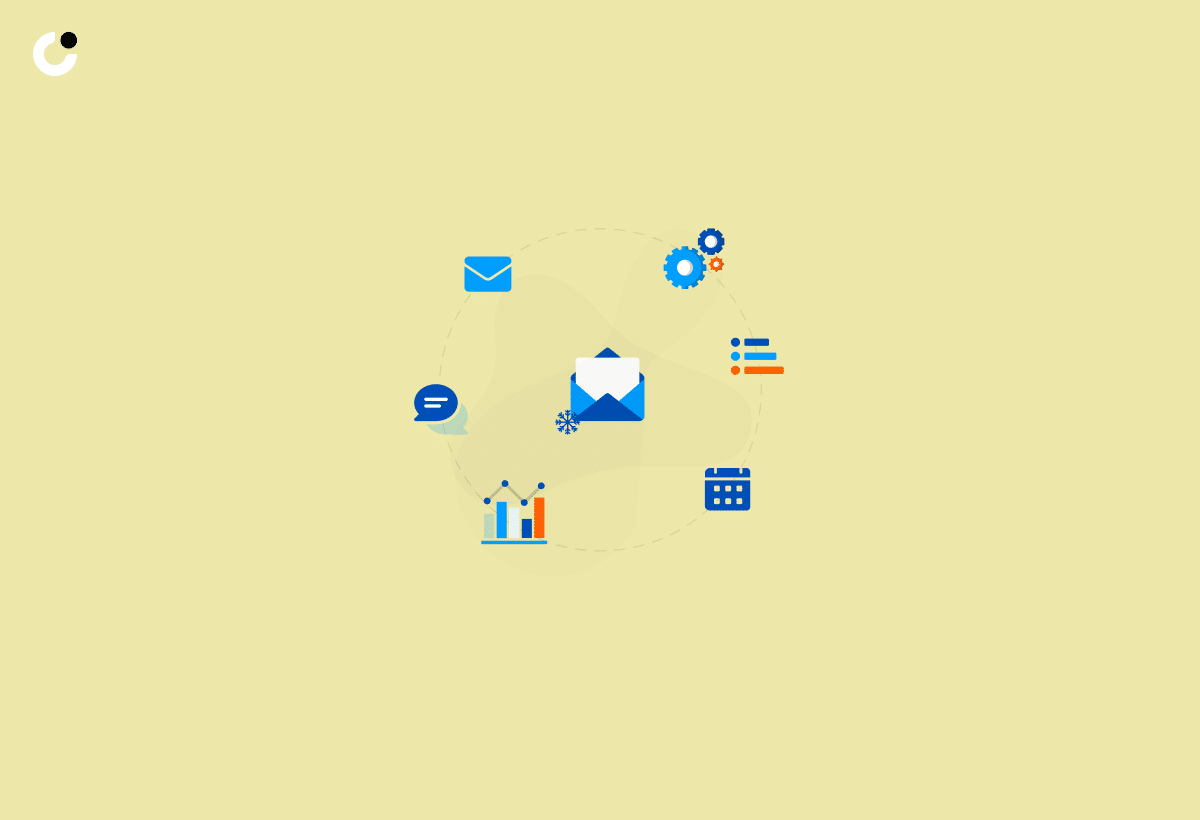
Cold email tools and automation can make your campaigns more efficient, enhance personalization, and assure compliance with anti-spam measures. Choosing the right tool and automating your bulk cold emailing campaigns can help you send personalized emails at scale, track performance, and make adjustments as needed.
Choosing the Right Tool

In the selection of a cold email tool, opt for features like:
- Email tracking
- Link tracking
- Reporting and analytics
- Integration with other tools
- Personalization features
- A/B testing
- Email deliverability monitoring
- Email scheduling and automation
These features can help optimize your bulk cold email campaign, ensure the success of your cold email efforts, and effectively send bulk cold emails.
Automating Your Campaigns

Automation can assist in sending personalized emails at scale, tracking performance, and making necessary adjustments. By automating your campaigns, you can improve the efficiency and effectiveness of your cold email outreach, as well as maintain compliance with email regulations.
Monitoring Performance and Adjusting Strategies

For enhancing your cold email campaigns, tracking performance and modifying strategies is indispensable. By tracking key metrics, analyzing results, and making data-driven decisions, you can continually optimize your cold email efforts.
Key Metrics to Track
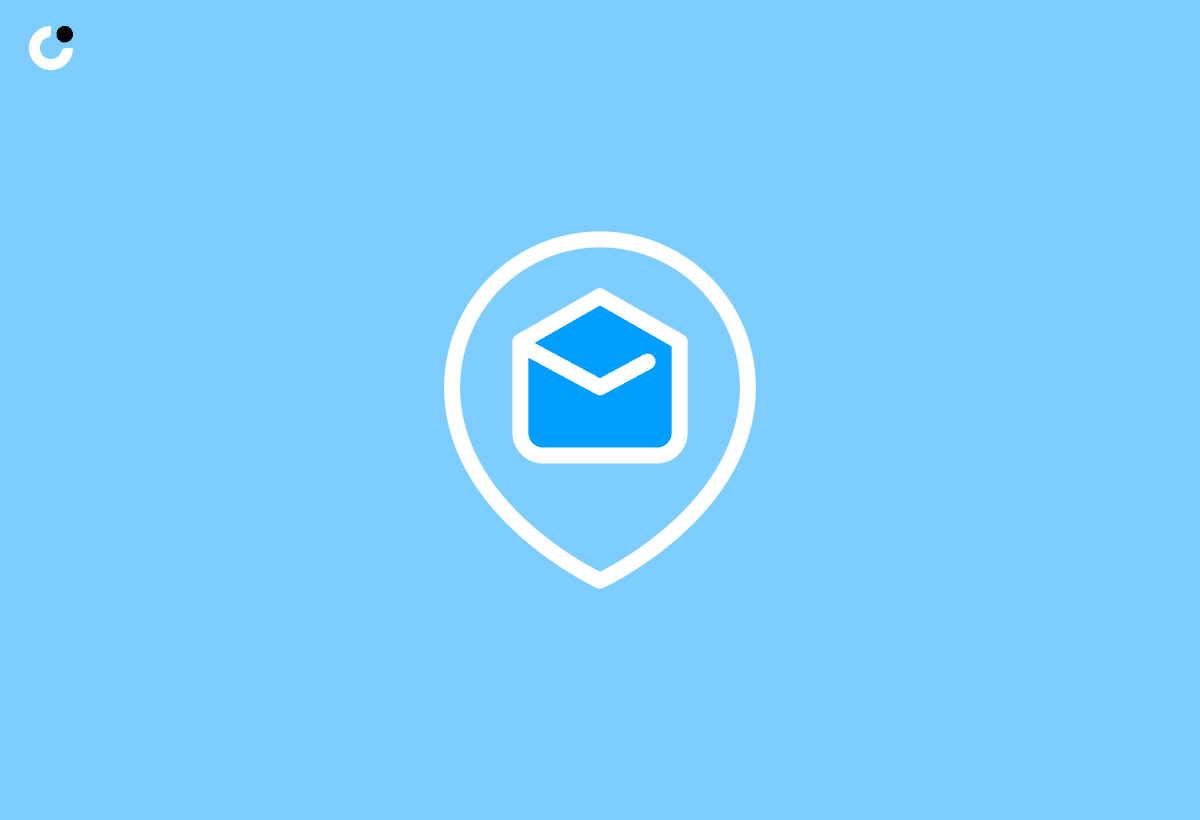
Tracking key metrics like open rates, click-through rates, and bounce rates is significant to gauge the success of your campaigns. Monitoring these metrics can provide valuable insights into the effectiveness of your email outreach and help you identify areas for improvement.
Analyzing Results and Making Adjustments
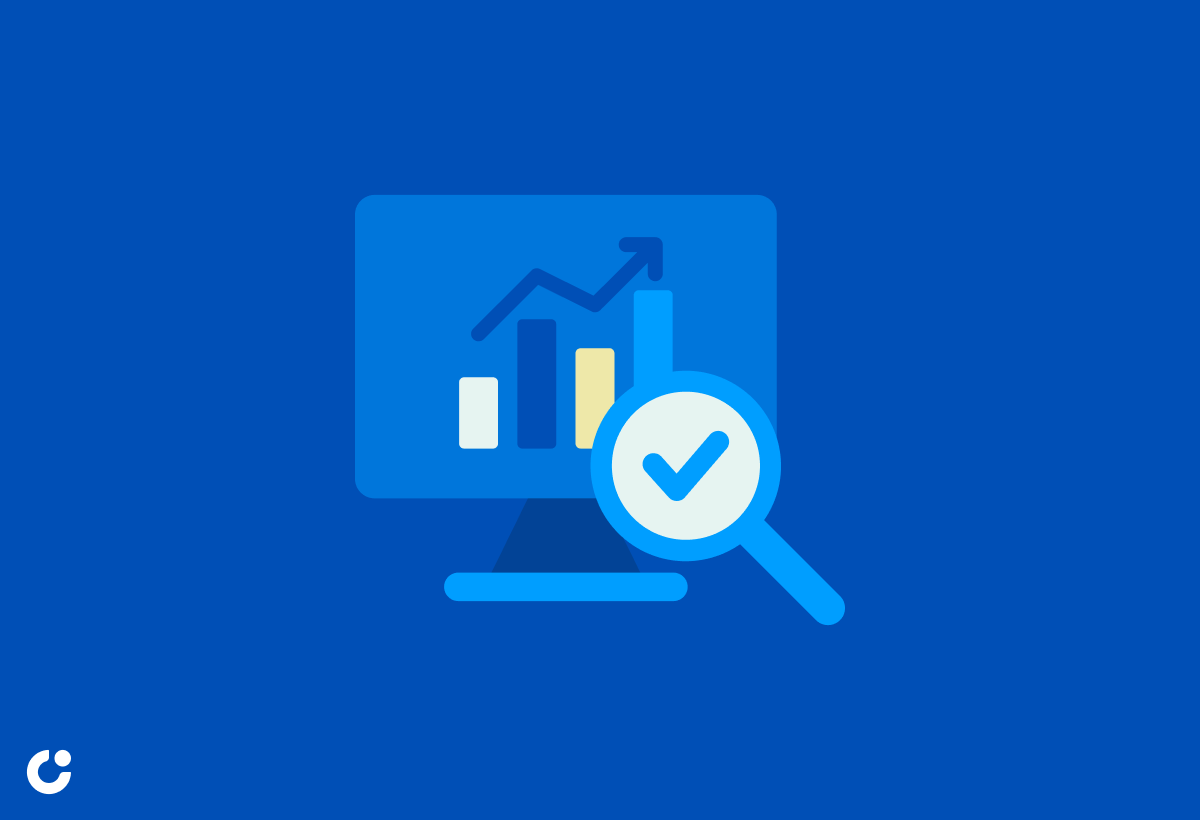
Post analysis of your campaign results, make strategic adjustments based on data, like testing diverse subject lines, content, and sending times. Continually optimizing your cold email efforts based on performance data can help you achieve better results and ensure the success of your campaigns.
Summary
In conclusion, mastering the art of cold emailing involves understanding the challenges, implementing authentication protocols, crafting engaging and compliant emails, managing and maintaining your email list, utilizing cold email tools and automation, and monitoring performance to make data-driven adjustments. By following these best practices, you can send cold emails without getting blocked, improve engagement, and grow your business.
Frequently Asked Questions
What are some common challenges in cold emailing?
Common challenges in cold emailing include deliverability issues, avoiding spam filters, and ensuring compliance with anti-spam laws.
How can I improve my sender reputation?
Ensure proper email authentication with SPF, DKIM, and DMARC, use a professional email address, and maintain high-quality content to improve your sender reputation.
What personalization techniques can I use in cold emails?
Personalization techniques that can be used in cold emails include incorporating the recipient's name, tailoring content to their interests, and addressing their pain points.
How can I choose the right cold email tool?
To choose the right cold email tool, consider features such as tracking, reporting, analytics, personalization, A/B testing and deliverability monitoring. Make sure the answer does not have any artifacts, write in a professional tone and make sure to include a clear conclusion in the first sentence.
What key metrics should I track to measure the success of my cold email campaigns?
Track open rates, click-through rates, and bounce rates to measure the success of your cold email campaigns.

